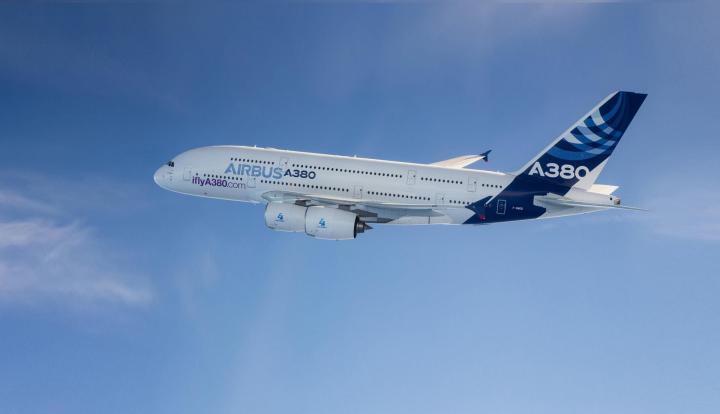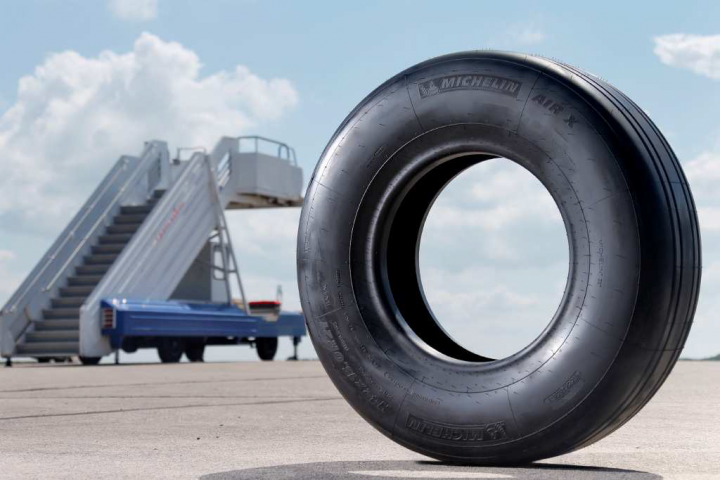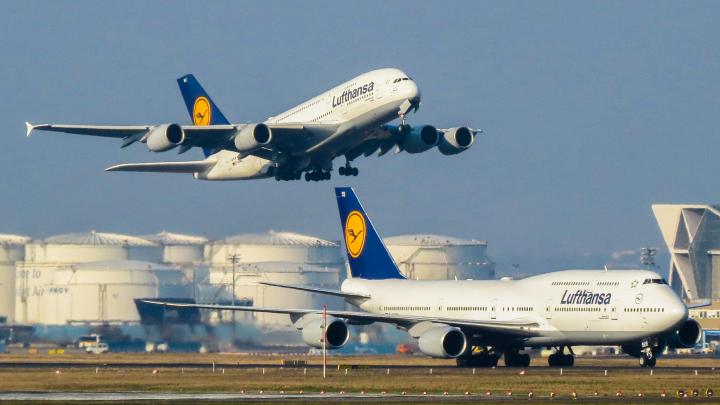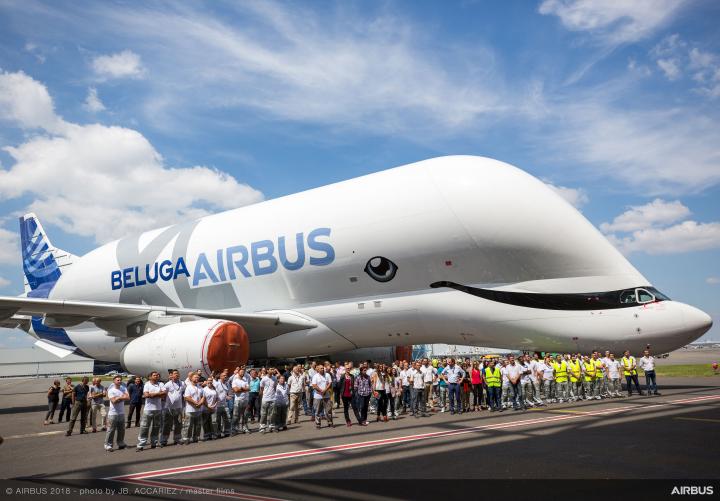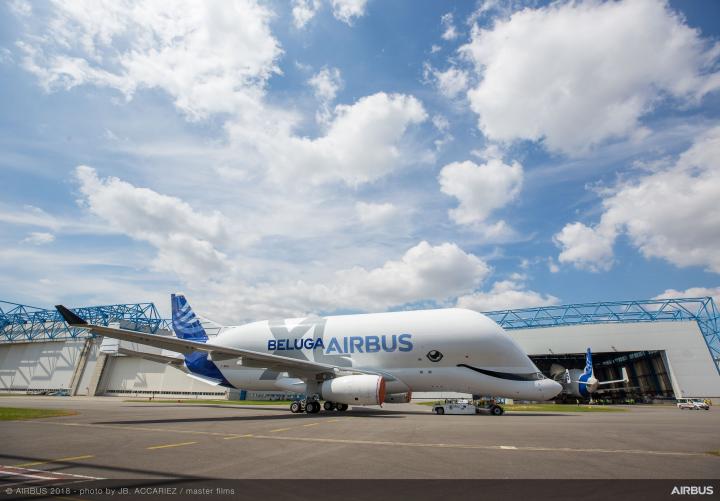News
Can China's Comac ever challenge the Airbus-Boeing duopoly?
The Commercial Aircraft Corporation of China (Comac) may be emerging as the next biggest threat to Airbus and Boeing.
The two big airplane manufacturers are in the process of neutralizing the biggest threats to their dominance in the industry. Airbus purchased the 108 to 133-seater CSeries from Canadian manufacturer Bombardier, while Boeing is in talks to buy 80% of Brazilian manufacturer Embraer.
It is reported that investors overestimated the challenge from Bombardier and Embraer, but they are now underestimating the challenge from Comac, which is run by the Chinese government. With a push from the government, Bombardier and Embraer could have become serious contenders, and this is exactly what China is trying to do.
Called the C919, Comac's rival to the Boeing 737 and the Airbus A320 took flight for the first time last year. It is estimated that around US$ 7 million of public money has been spent on the single-aisle plane, and that around 1,000 bookings have already been received for the plane from Chinese operators. Comac is also expected to come out with bigger twin-aisle planes that have more range and seat more people. These could fly from Beijing to New York. It is reported that they are developing turboprops, business jets, helicopters and seaplanes. They are also reported to be building a training center for maintenance engineers, flight attendants, and other airline employees.
With more money and a push from the Chinese government, Comac could soon be going head-on against Airbus and Boeing. The company claims that over the next 2 decades, around 9,000 planes worth around US$ 1.3 trillion could be delivered in China.
Source: The Wall Street Journal, Bloomberg
News
Airbus to stop A380 production after current orders end
According to a media report, Airbus will stop manufacturing the A380. Deliveries are set to end in 2021. The move comes after Emirates reduced their order for the superjumbo. Support for the aircraft would continue as long as they are in service.
Airbus has delivered 234 A380s so far, less than the estimated 1,200 orders. Emirates followed other airlines like Qantas, who have cancelled their orders for the A380. It is reported that airlines prefer smaller, but fuel-efficient jets like the A330 and A350 models. Emirates has placed an order for 70 of these planes after cancelling the A380 orders.
As many as 3,500 staff from the A380 line could face an uncertain future. It is reported that the expansion of the A320 program and the order from Emirates could result in internal mobility opportunities.
The Airbus A380 undertook its first maiden flight in 2005 and entered commercial service in 2007. It measures 72.7m long, 24.1m tall and has a wingspan of 79.8m. It has a range of 15,000 km with a maximum cruising altitude of 43,100 ft. It can accommodate a maximum of 853 passengers across its full-length double decks.
Source: CNN
- Tags:
- Indian
- International
- Airbus
- Aircraft
News
Michelin to supply aircraft tyres to Indigo Airlines
Michelin will be supplying Indigo Airlines with tyres for its Airbus and ATR aircrafts. These planes will be fitted with Michelin Air radial tyres that are claimed to reduce operation costs.
The Michelin Air X radial tyre uses a radial casing design and is constructed using fewer components, making it more environment friendly. It is claimed to offer better fuel efficiency and reduced operational costs through an increased number of landings. The tyre has improved resistance to foreign object damage.
Indigo Airlines was set up in August 2006. Today, it operates flights to 48 domestic and 11 international destinations and has a fleet of 189 aircrafts. The airline has been adding A320 NEO family planes to its fleet. The planes come equipped with Michelin tyres.
News
Boeing, Airbus struggling to deliver promised jets
Aircraft makers Boeing and Airbus are facing hurdles in the production line. While Airbus has fallen back on the delivery schedule by a few months, Boeing has not rescheduled deliveries despite suffering delays from suppliers.
Wing and fuselage maker, Spirit AeroSystems Holdings Inc. has fallen behind due to internal production issues. The company supplies components to both Airbus and Boeing. Boeing has planned to deliver more than 800 units this year, with an increase to more than 900 by 2020.
For 2018, Airbus had promised 80 more jets than last year, but the total aircraft number of aircrafts delivered so far is less than last year's number for the same period. The Airbus A321neo and the A320neo are on hold due to the lack of engines. The A321neo gets its engines from CFM International, a joint venture between General Electric and Safran Aircraft Engines. Earlier this year, Airbus had over 100 finished aircrafts waiting for engines. Boeing has also faced delays due to engine supply issues for its 737 Max planes.
The delay is also affecting airline customers. Primera Air and British Airways (BA), who had placed orders for the A321neo and A320neo respectively, had to make alternate arrangements. While Primera has postponed plans for trans-Atlantic flights, BA resorted to renting some jets and using older and less efficient planes till the new aircrafts arrive. Airbus also sources its engines from Pratt & Whitney, who were also delayed due to a design issue causing premature failure on certain components. Airbus, who had planned around 800 deliveries this year, claims that Pratt & Whitney are now delivering as per schedule.
The surge in aircraft orders is mostly due to the increasing demand for air travel. 2018 is expected to be the ninth year in a row showing an increase in the number of air passengers. Operators also want to use the latest fuel-efficient jets for reduced operating costs.
Source: WSJ
- Tags:
- Indian
- Airbus
- Boeing
- Aircraft
- International
News
The friendly & funny Airbus Beluga XL
Airbus has unveiled the livery on its latest transport aircraft - the Beluga XL. The paint job was selected by 20,000 Airbus employees from 6 design choices. The livery makes the aircraft look like a smiling whale.
The Beluga XL measures 63.1m long, 18.9m tall and has a wingspan of 60.3m. The main fuselage diameter is 8.8m and the plane has a maximum payload of 53 tonnes. It can carry two wings of the Airbus A350 XWB.
The transport aircraft was planned in 2014 as a successor for the current lot of 5 Belugas used by Airbus. The first of the planned five units is expected to undergo ground tests by the end of 2018 and commence service by 2019. The Beluga XL (Airbus A330-700L) is based on the A330-200 and is set to replace the existing fleet completely by 2025. The aircraft's lower fuselage will be manufactured on the existing A330 assembly line before moving to a dedicated facility for a year-long assembly of the nose part and the upper fuselage.
The BelugaXL is powered by two Rolls Royce Trent 700 engines, which are rated at a maximum thrust of 316 KN each. Airbus claims that the airplane can cover a maximum distance of 4,074 km at full payload using these engines.
The Beluga program started in 1992 and was put into operations by late 1995. The plane is based on the Airbus A300 with the model officially called as the A300-600ST. While the lower part is identical to the A300, the upper fuselage consists of a large 7.7 m tall horseshoe-shaped cargo hold. The fleet of 5 is used to fly aircraft components including wings from their factories to the final assembly between Toulouse, Hamburg and 9 other cities across Europe. They have also been used to transport large cargo including vehicles and satellites for many space programs, helicopters, chemical tanks, large artworks as well as humanitarian supplies. Initially called as the Super Transporter, the Beluga name came due to the resemblance with the Beluga whale.
News
Airbus conducts first test of Vahana pilotless air taxi
A^3 (pronounced A cubed) - Airbus' innovation center in the Silicon Valley has successfully completed the first test of its all-electric, pilotless personal aircraft.
The test flight was conducted at the Pendleton UAS Range in Oregon on January 31, 2018. During the test flight, the plane hovered for a total for 53 seconds and reached a height of 5 m before landing safely. A second test flight was conducted a day later.
Airbus has chosen the Sanskrit name 'Vahana' for its pilotless aircraft, denoting a vehicle or an animal that carries a person, typically a deity. Vahana is an all-electric, self-piloted aircraft that is capable of vertical take off and landing. In just under 2 years, the Vahana concept was realized into a full-scale prototype. The Vahana will be subjected to further tests including transitions and forward flight.
Airbus aims to work in the field of personal flight and urban mobility. The company has also released a video of the Vahana pilotless concept.




